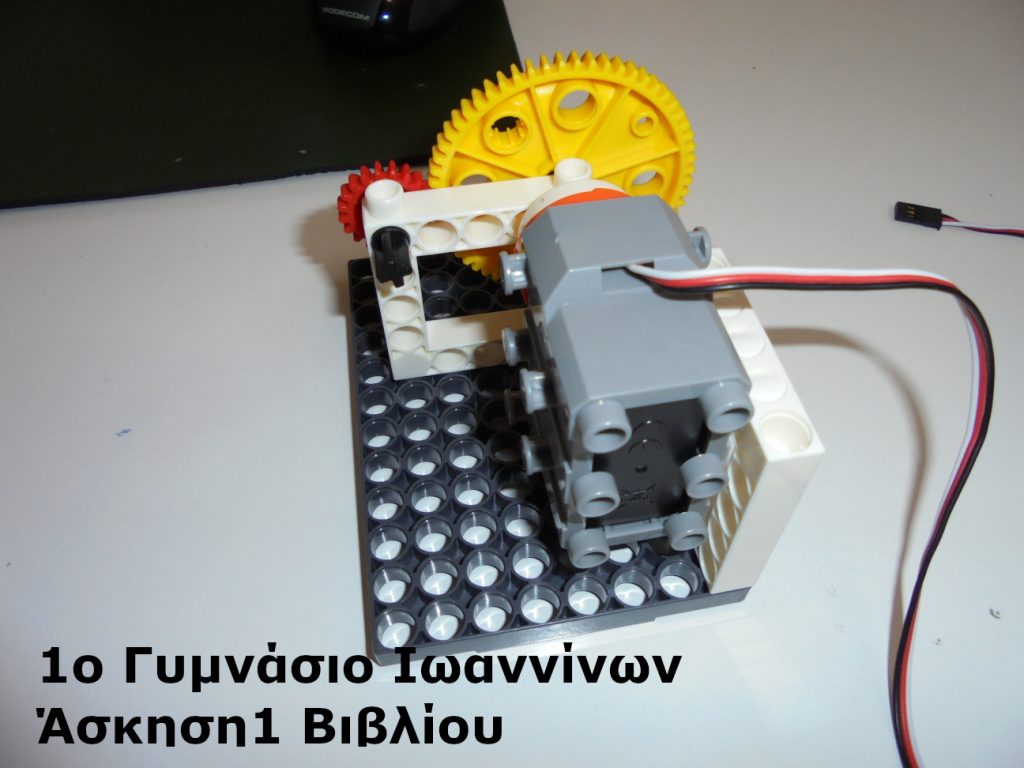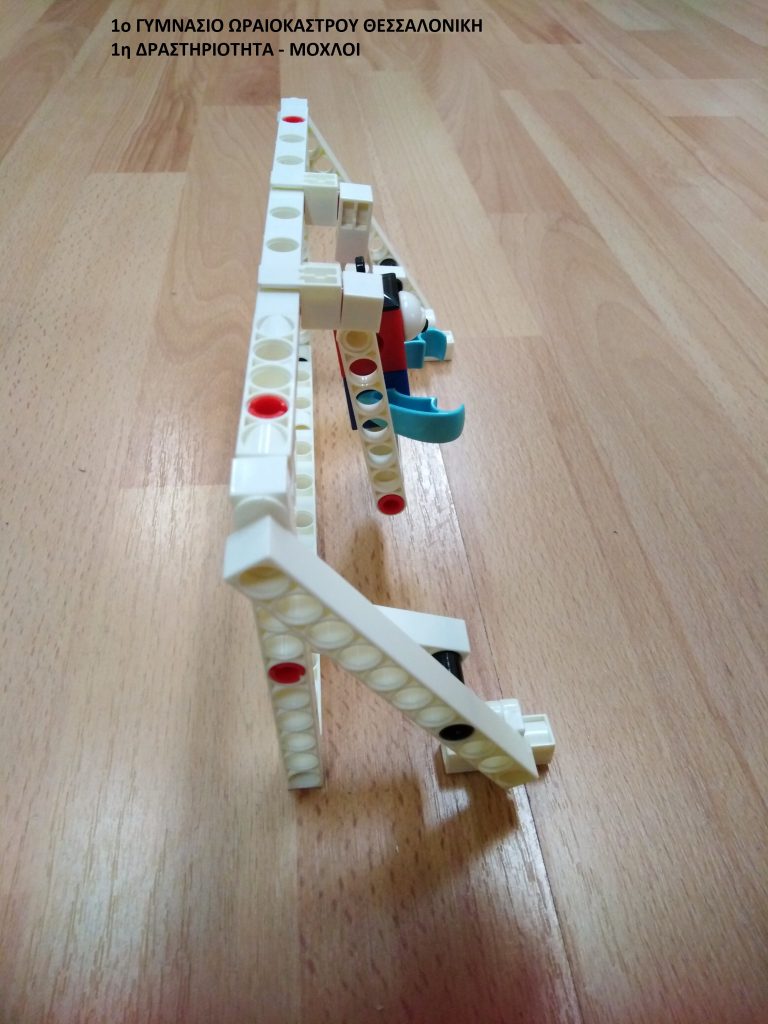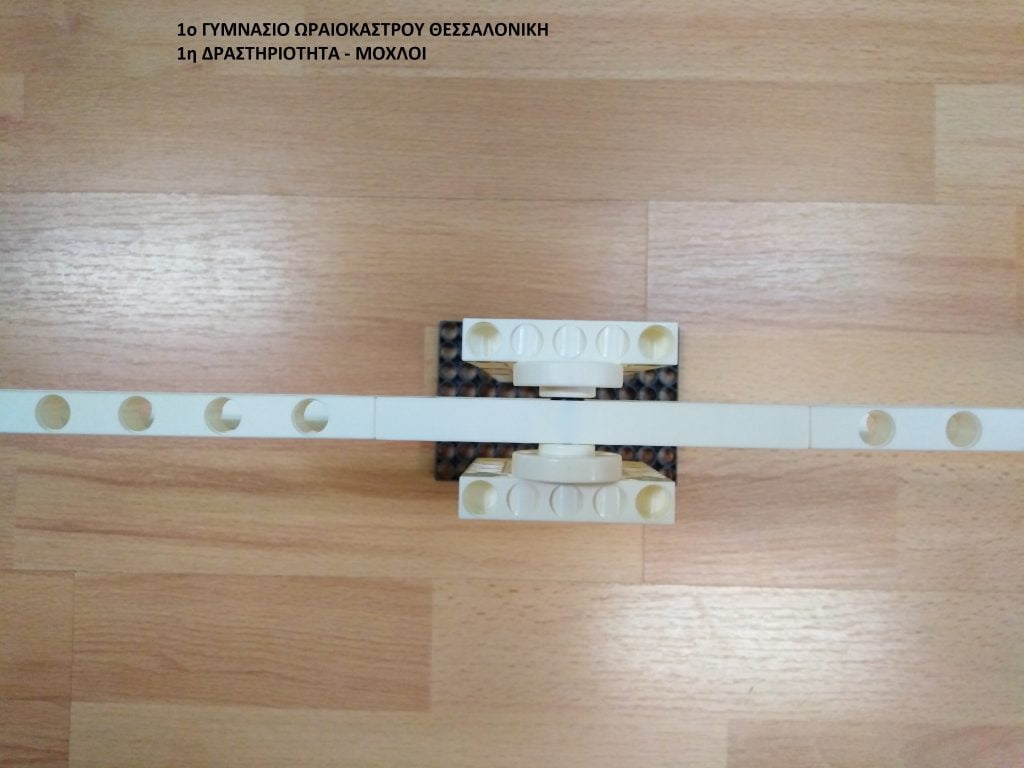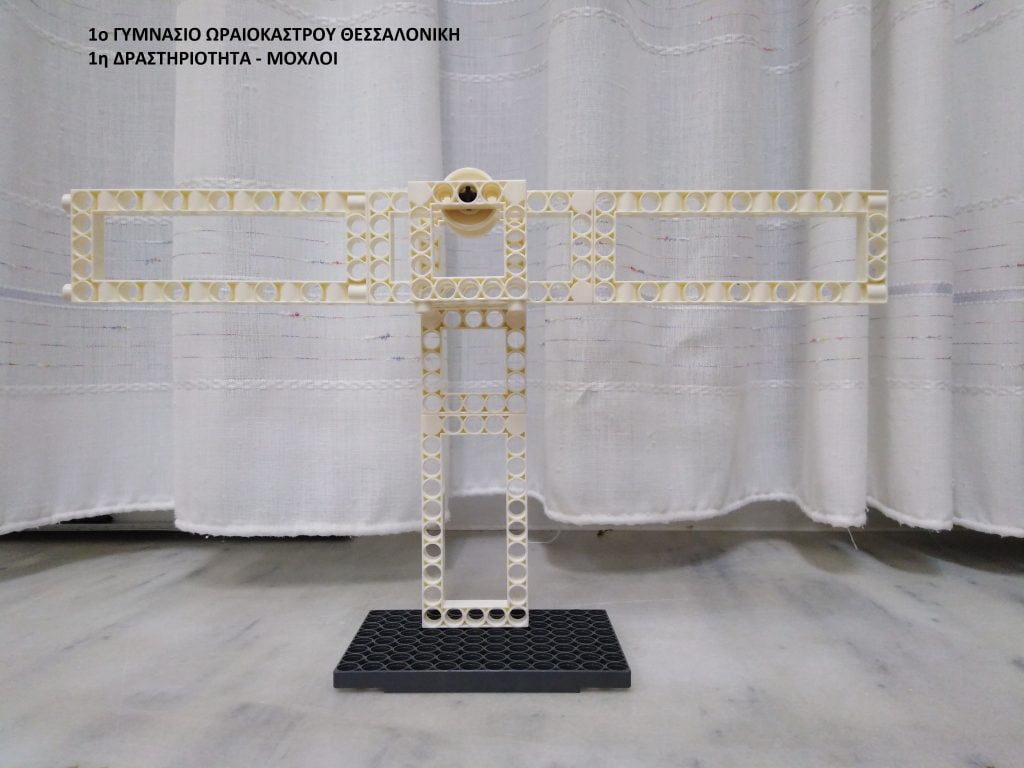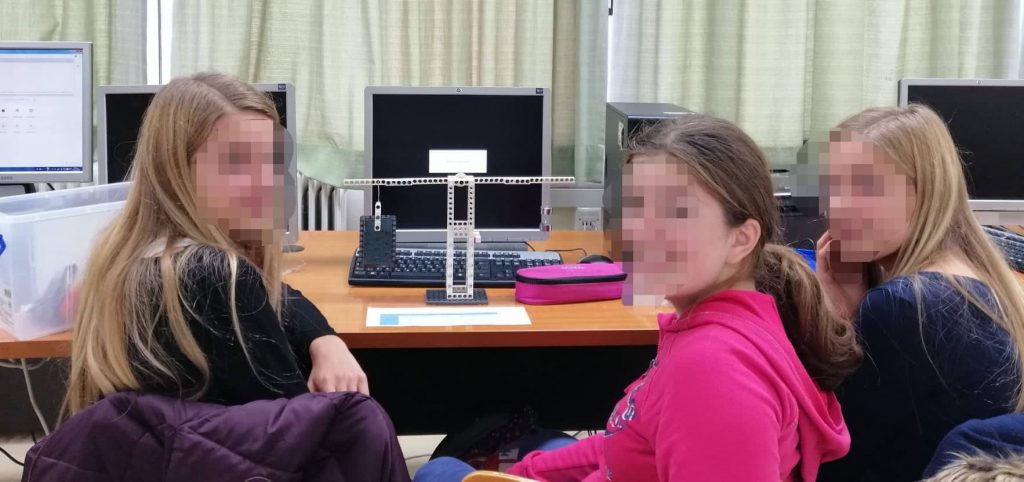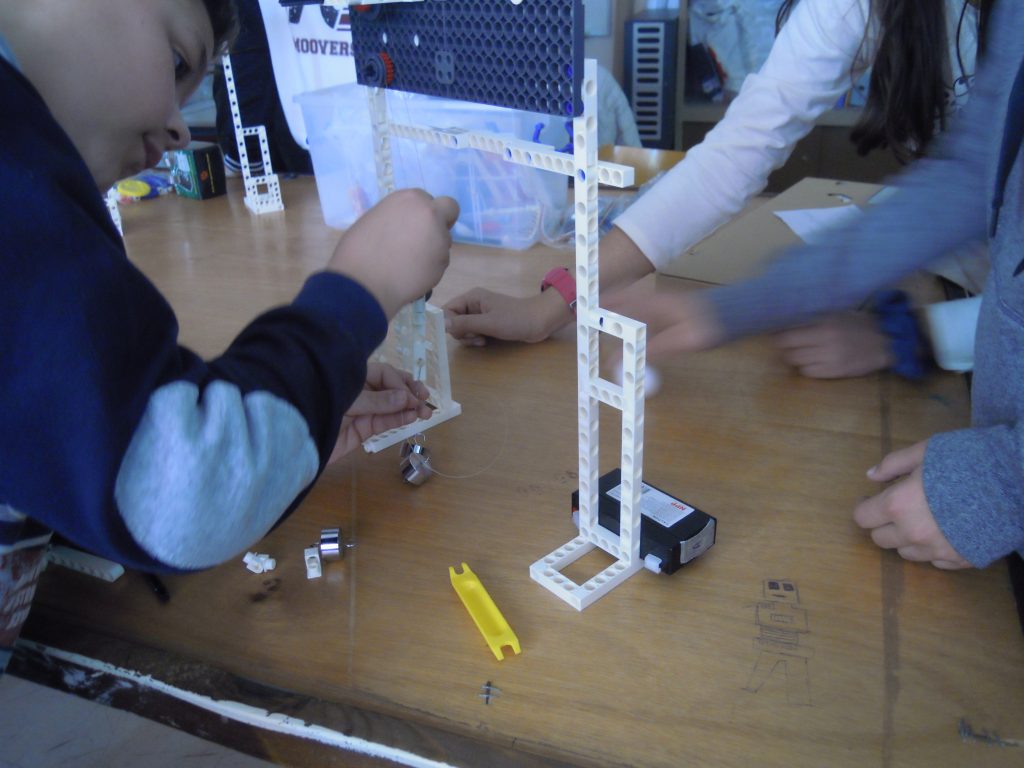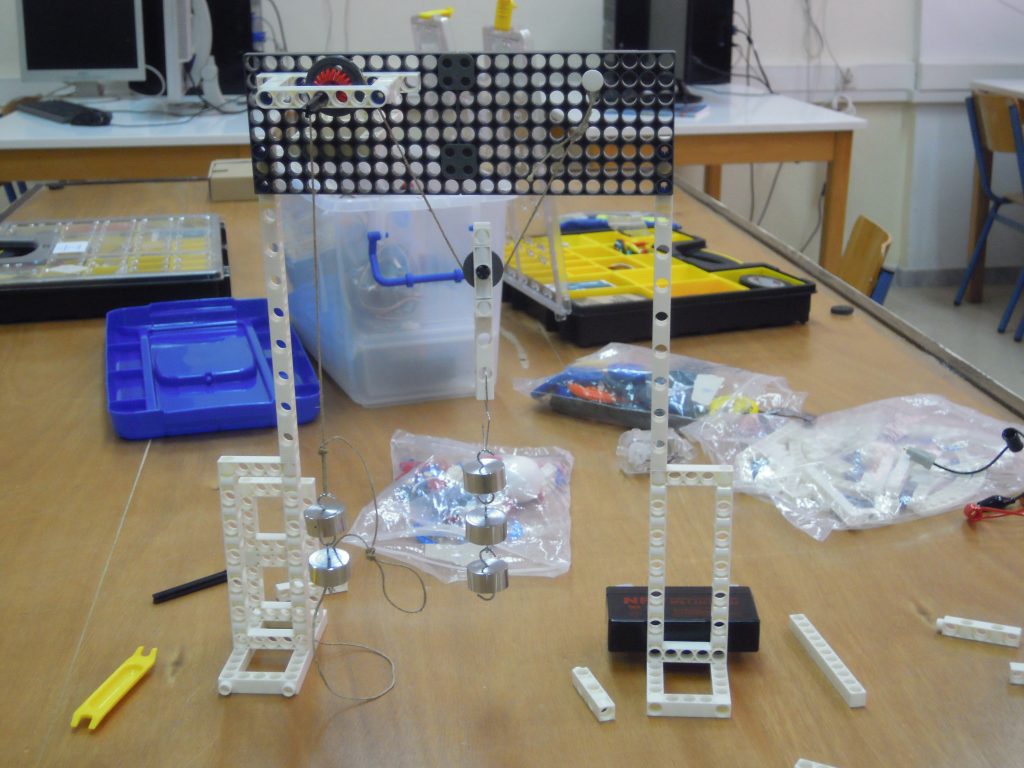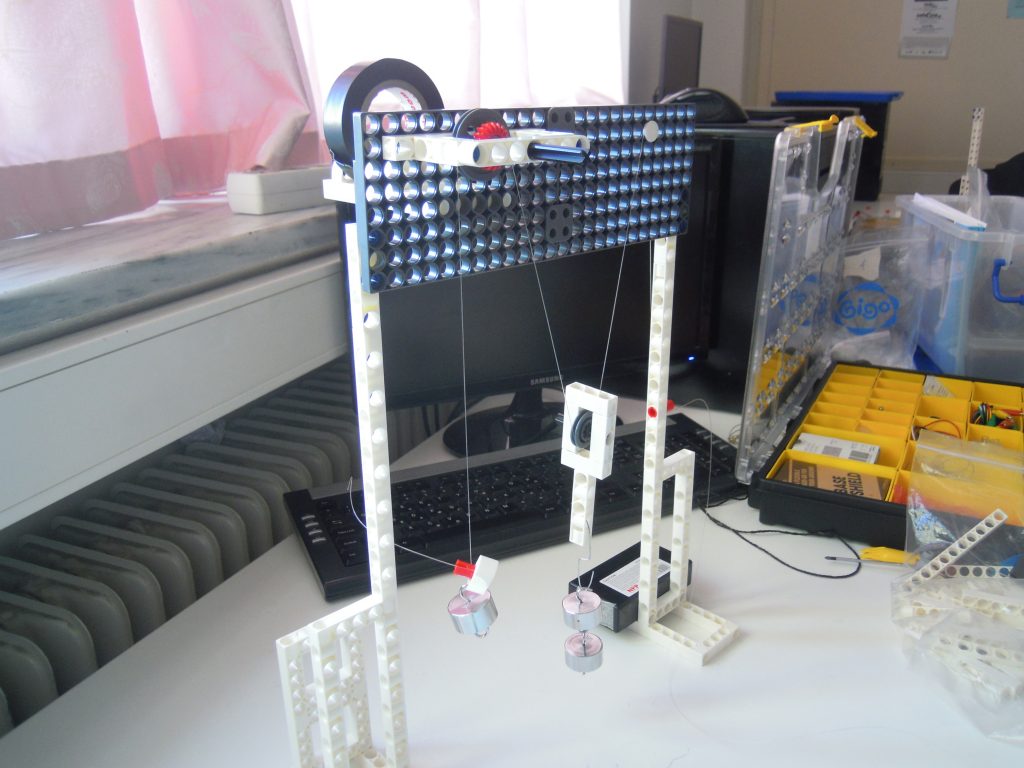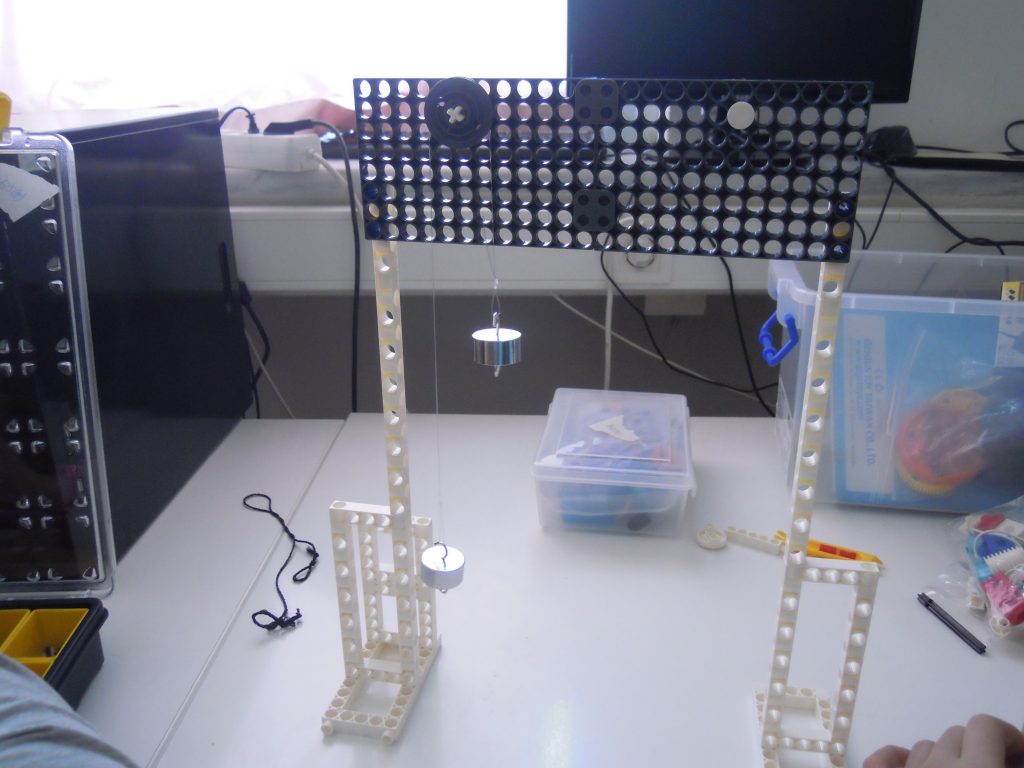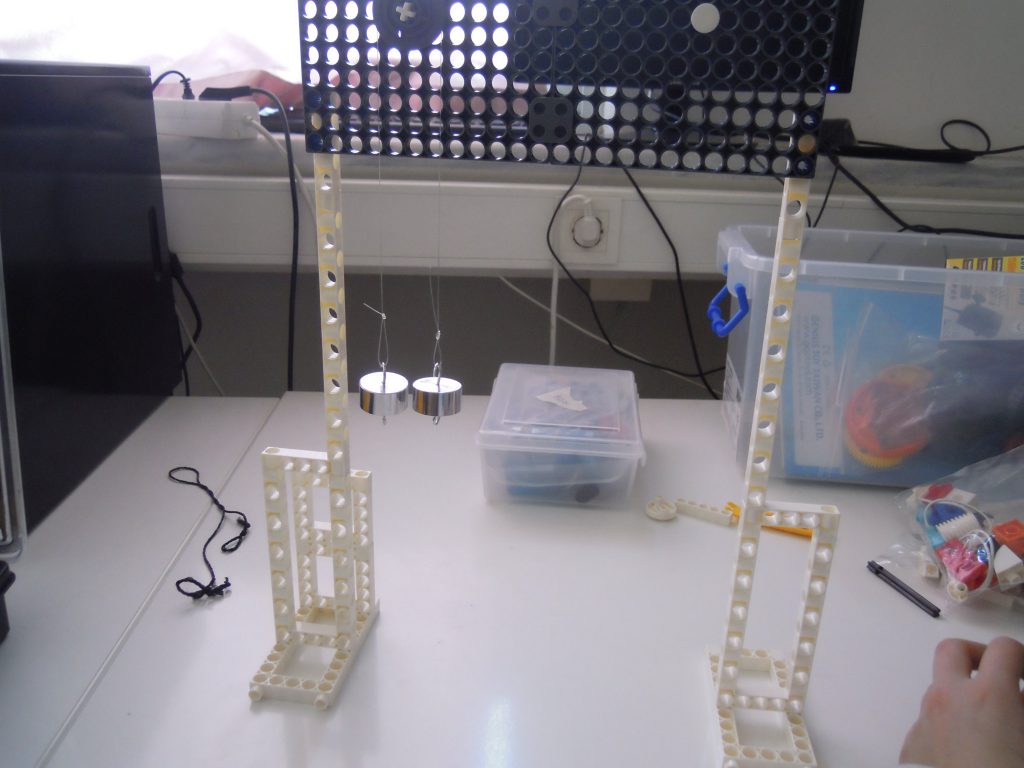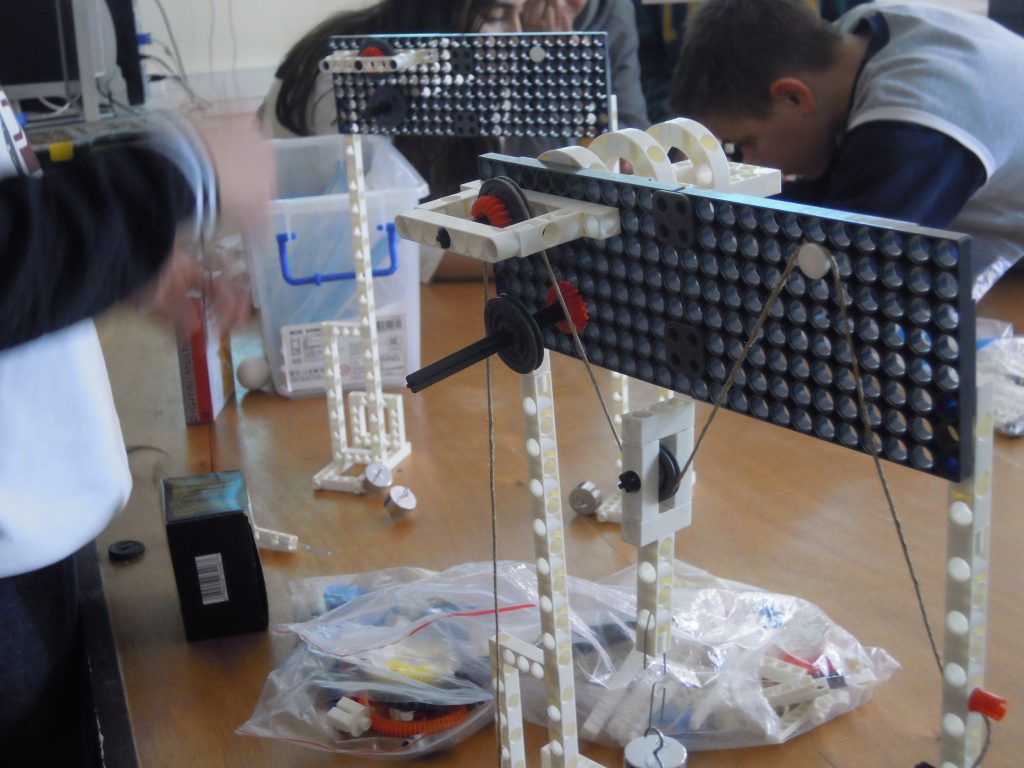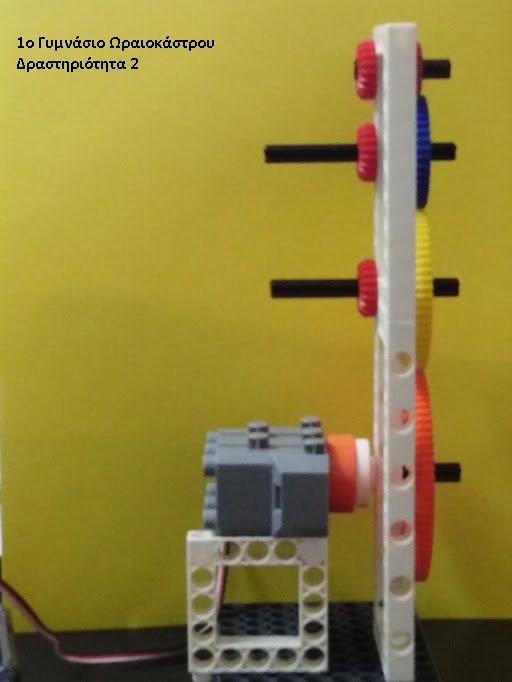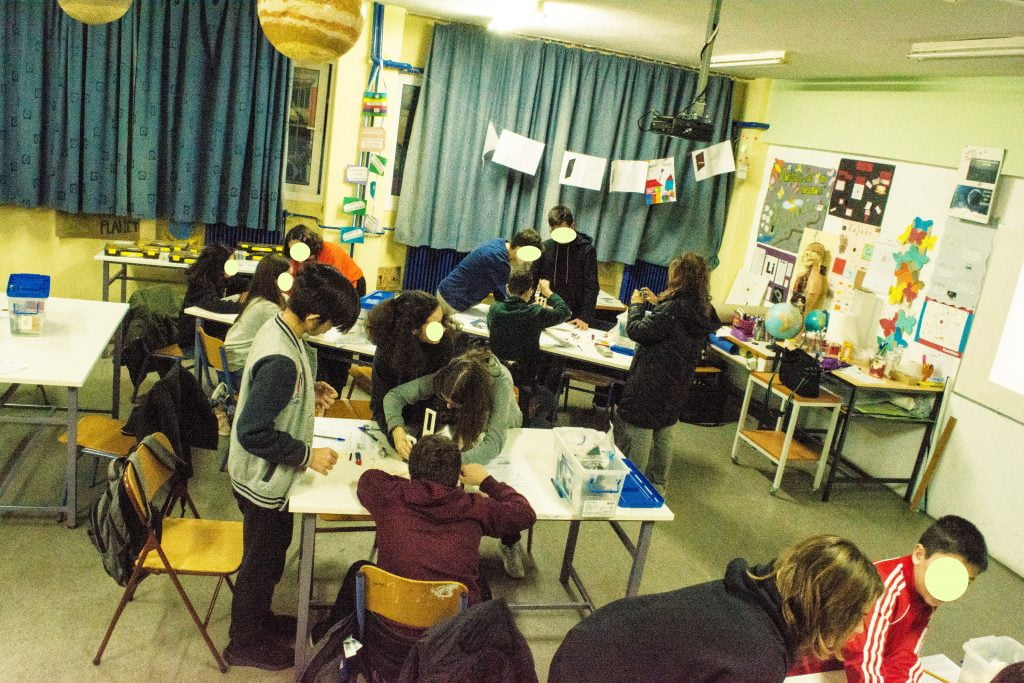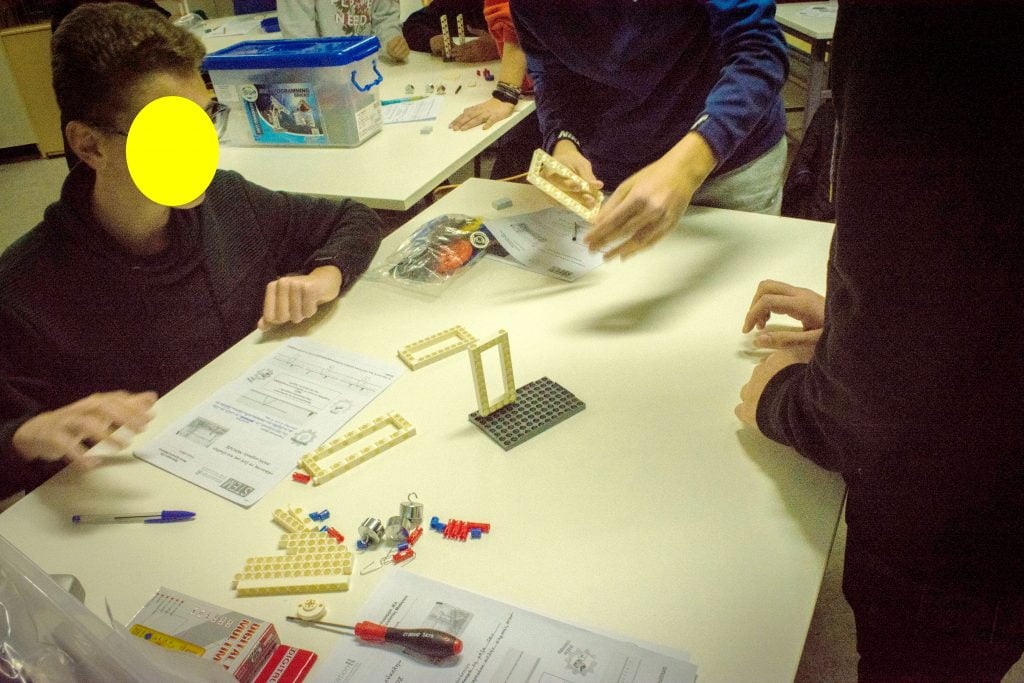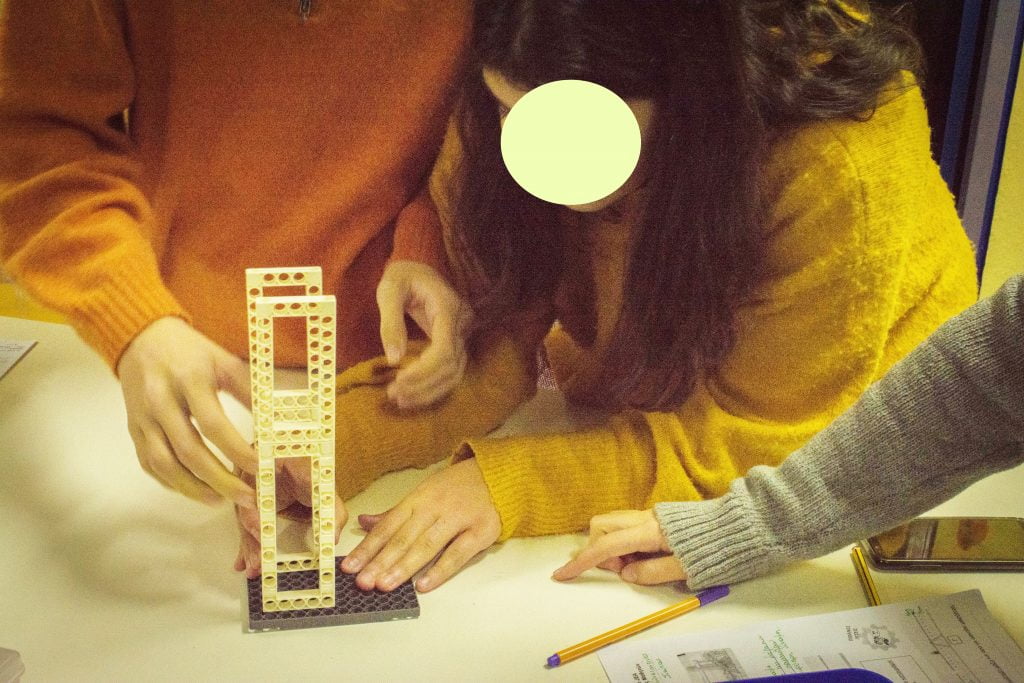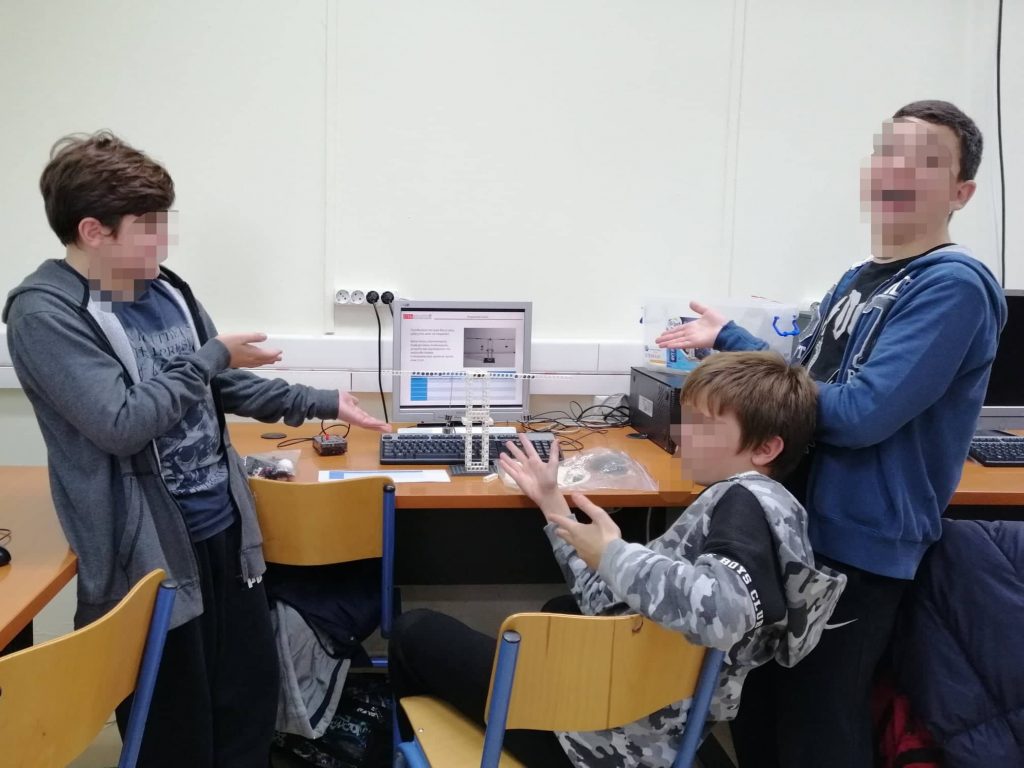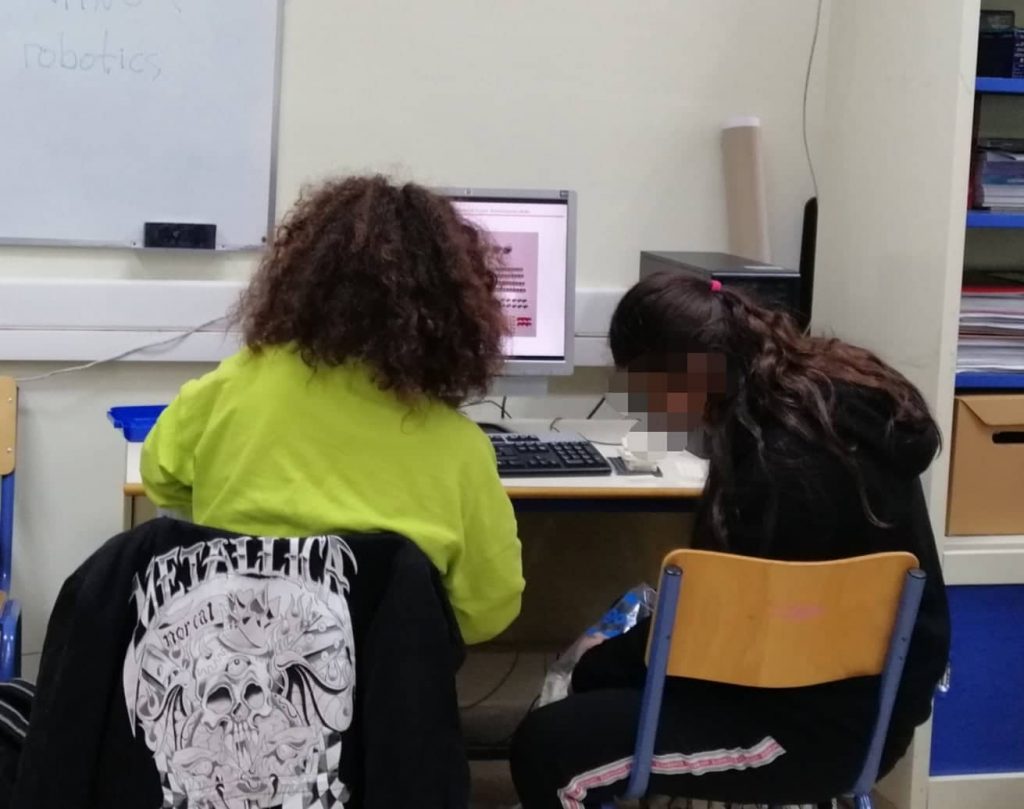The program is a collaboration between the non-profit organization STEM Education and the European Junior Engineer Academy network. The European Junior Engineer Academy (JEA) network was set up to promote STEM skills to young Europeans as these skills are considered essential for modern European societies.
It aims to awaken an early interest in technology-related professions and to inform junior high school students (aged 12 to 15) about the different careers and careers that an engineer can pursue.
The JEA promotes the importance of STEM training with a particular emphasis on technology.
The program was initially introduced in 99 schools in Germany.
Since 2016, the JEA program has been used to build partnerships in schools in Central, Eastern and Southeastern European countries.
The program is aimed at 7th and 8th grade students
It will initially be implemented in 15 Public Schools. Its future expansion is envisaged.
| School | Region |
|---|---|
| 6th Junior High School of Xanthi | Xanthi |
| 4th Gymnasio (Junior High School) of Paleo Faliro | Attiki |
| 2nd Junior High School of Nea Makri | Attiki |
| Junior High School Metamorfosis - Irakleiou | Attiki |
| 1st Junior High School Agios Ioannis Rentis | Attiki |
| 1st Junior High School Rafina | Attiki |
| 2nd Junior High School of Kifissia | Attiki |
| Junior High School of Peta - Arta | Epirus |
| 2nd Junior High School of Evosmos (Ioannis Kakridis) | Central Macedonia |
| 1st Junior High School of oreokastro | Central Macedonia |
| 6th Junior High School of Thessaloniki | Central Macedonia |
| 2nd Junior High School of Ioannina Intercultural Education | Epirus |
| 1st Ioannina Junior High School | Epirus |
| Junior High School of Lakkopetra Achaia | Western Greece |
| EN.E.E.GY-L. Patron, Special Vocational High School of Patras | Western Greece |
| Ralleio Junior High School Pireas | Αττική |
Module 1: Simple Machines
Module 2: Simple and electric machines
Module 3: From electricity to automation
Module 4: Pilot robotic models
Module 5: Design and printing of 3D models
Module 6: Original models of automation


